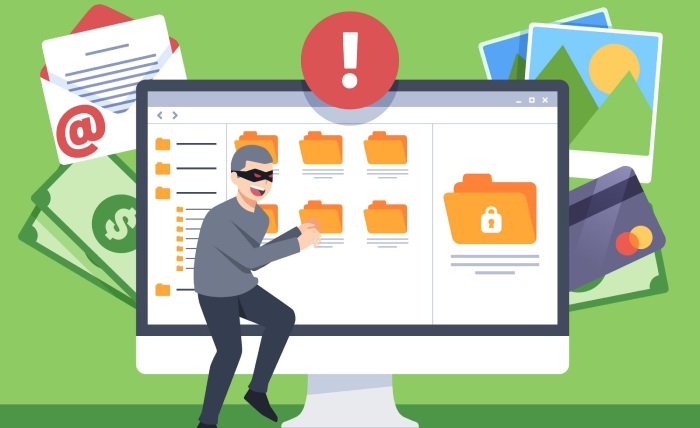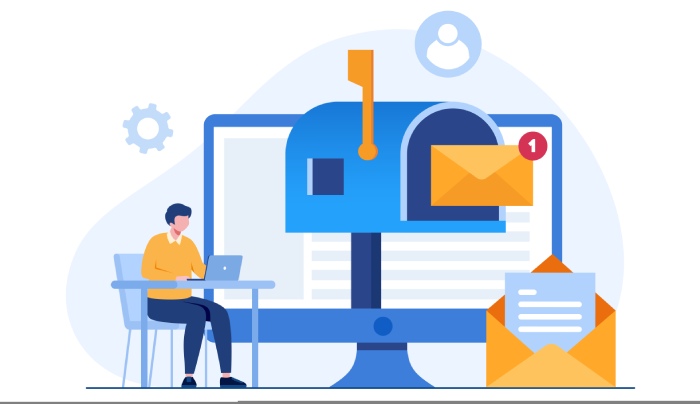Email marketing is the most effective digital marketing strategy. That’s because its ROI (return on investment) is the highest—3600% to 4200%.
But that’s not for any ordinary email marketing campaign. For that much ROI, your emails have to be highly personalized. In different studies, 82% of marketers reported an increase in their open rates with personalization.
When emails feel relevant, they have higher open rates, better click-through rates, and improved conversions.
In this article, I will guide you to the 7 best email personalization techniques. They will boost your engagement to the max and drive better results.
7 Best Ways to Personalize Your Emails for Maximum Engagement
Each of your recipients expects a unique experience when they open an email. So, instead of making a single email and sending bulk emails, use these proven strategies and personalize your emails for each recipient.
1. Use the recipient’s name in the subject and the body
When email recipients read their names in the subject lines, they are likely to open the email. And if you address your recipient by name in the email body, they are more likely to read it through till the end. Because that creates a conversational tone, and your message feels more personal.
Some part of your subject line is shown in the email notifications you receive on cell phones and PCs. So, using your recipient’s name at the start of the subject line is better practice.
For example: “Emma, you forgot something in your cart!”
Pro tip: Do not overuse the client’s name. It may be seen as spam. Use naturally to avoid the spam folder.
2. Write compelling subject lines that feel personal
Email personalization works on the data you collect about your customers. You must know what they were looking for on your website, their browser history, and their interests.
You will find all that in analytics tools or CMS (customer management system). They collect this data for you automatically.
Use this data to write subject lines that involve your recipient’s interests or pain points. Add urgency, curiosity, and exclusivity to your subject line. Like,
“Alex! Get all items in your cart at a 20% discount today.”
Your goal should be to make your customers feel like the email is just for them. So test different subject lines through A/B testing and find the ones that prove to be the most compelling.
3. Segment your email list based on user behavior
Email personalization has gone beyond using recipients’ names only. Now, emails are tailored to a single person. But this seems to take a lot of time—not actually!
Basically, email lists are divided into many segments on purchase history, browsing behavior, or engagement level. Then, emails are written for each segment, and finally, the names of each recipient are included in the emails.
4. Incorporate dynamic segments in your emails for personalization
A better way to personalize whole emails is to use dynamic segments. These are the segments that are changed for every email; the rest of the message stays the same.
For example, a clothing brand can showcase men’s fashion to male subscribers and women’s fashion to female subscribers—without sending separate emails.
This method saves a lot of time and effort. Use an email writing assistant to make sure your message stays natural, engaging, and grammatically correct in all the different email segments.
5. Add links to personalized landing pages
I told you that personalization works on what your customers were looking for on your website. So, you have to send them to the landing pages of their interest.
Talk about those products in your emails and add the links to them. Like, if your customer was checking out a coat on your website, email new collections of coats to them with a link to the landing page.
This seamless transition from email to website increases the chances of conversion.
6. Send emails at the right time for each subscriber
Timing is also very important in email marketing. Some people check their emails in the morning, and some read them at night. So instead of guessing, use email analytics to determine when your subscribers are most active.
Prepare emails for all of your subscribers at the same time and schedule their sending for the optimum time. You can also use email marketing tools like Mailchimp, Sendinblue, and ActiveCampaign to automate emails. This will save you time and improve your response rates.
7. Use retargeting and re-engagement emails
Only 3% to 8% of visitors buy on their first visit. That’s why retargeting emails is important. If a user leaves an item in their cart, send a reminder with an incentive.
You can go like, “Still thinking about it? Here’s 10% off!”
And if a user hasn’t interacted with your emails for a while, include them in your re-engagement emails list. Try to entice them with new offers and discounts.
For example, “We miss you! Come back and enjoy free shipping.”
Before sending these emails, always proofread properly using free AI tools by Qozex such as grammar fixer or readability checker. These tools make sure your message is clear and professional. Even a small typo can make your email seem less trustworthy
Conclusion
Email personalization is not a choice anymore. If you are into email marketing, you must personalize your messages. Otherwise, they will not work as intended.
And not only the content, but timing is also personalized in modern email strategies. The key is to experiment with different subject lines, email bodies, offers, and timings and find out what works best.
What worked best for me, I included in this article. So, start applying these personalization strategies today, and watch how your audience responds.


